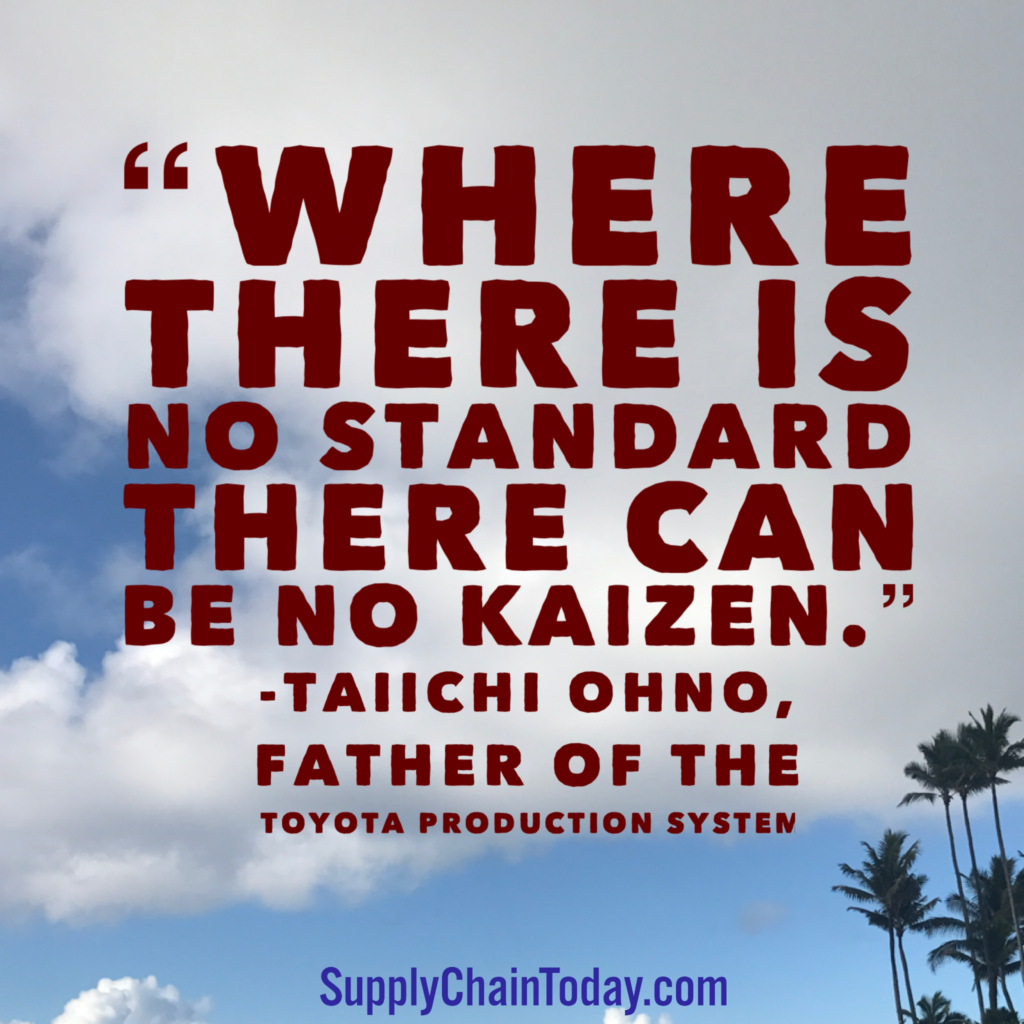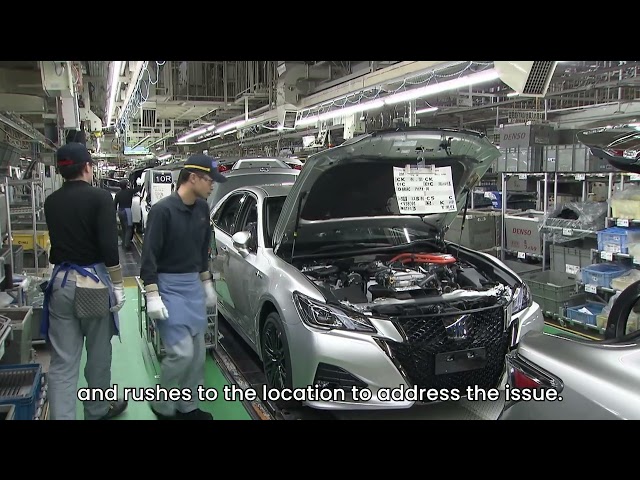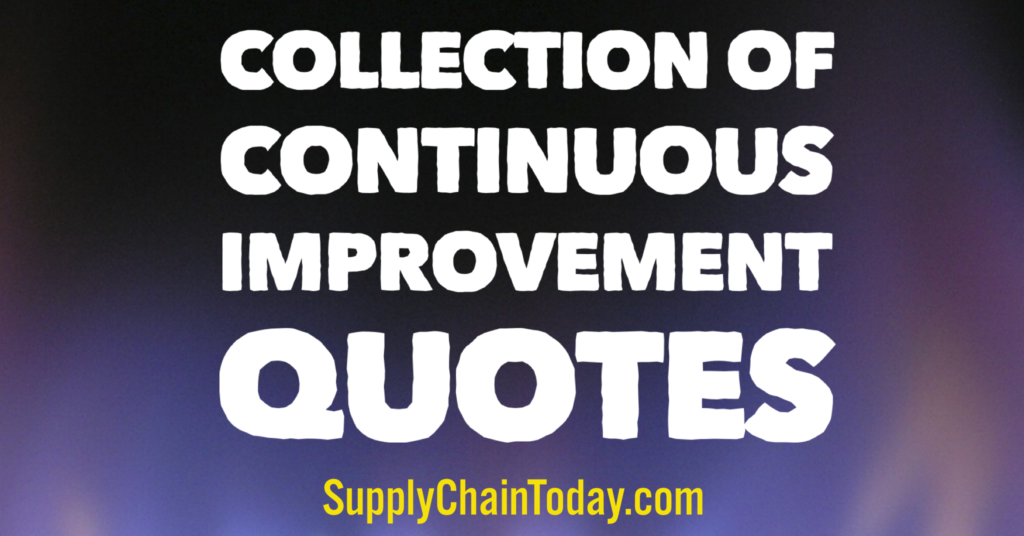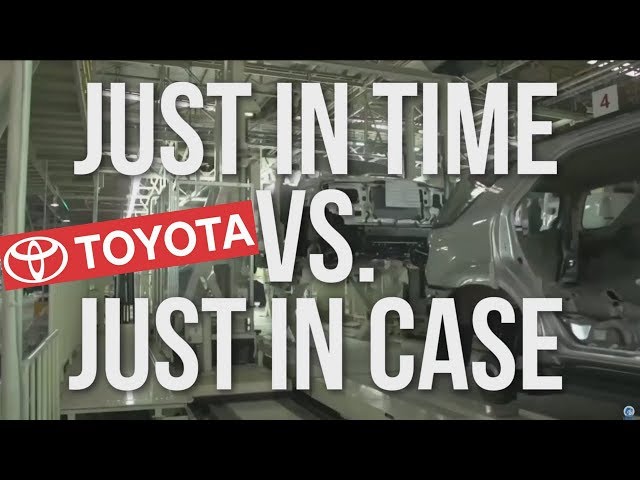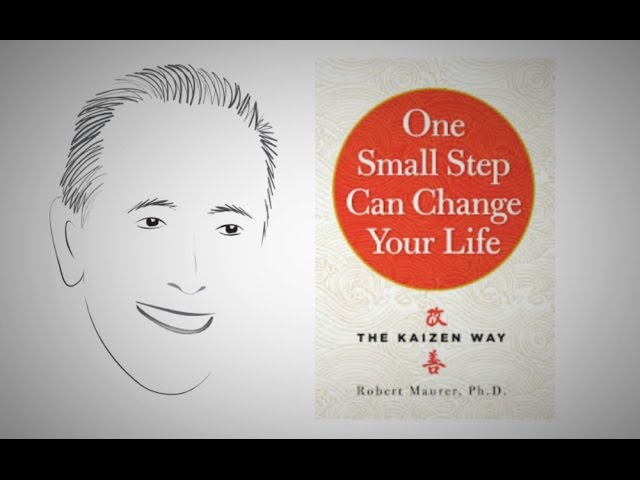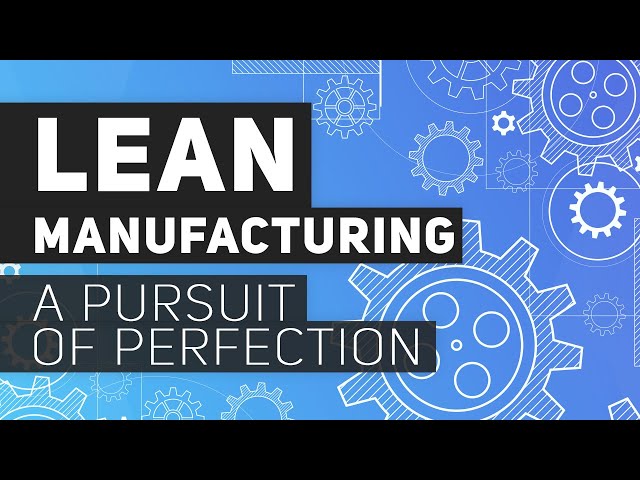Basics: Lean, Kaizen, and Continuous Improvement.
Lean, Kaizen and Continuous improvement are key enabler of great companies. This is a great video of how to start continuous improvement in an organization. This video is very basic and answers the question “What is managements role?” You might be surprised with the answer. It is a short three and a half minute video but worth the watch. Toyota is a great company to research for this because there is a great deal of information out there. During my time with Walmart Logistics came to understand that continuous improvement is a mindset. It is part of the company culture.
Continuous improvement is a process of continually identifying and making small, incremental changes to processes, products, or services in order to improve efficiency, effectiveness, and customer satisfaction. Here are some basic steps to implementing continuous improvement:
- Define the process: Identify the specific process, product, or service that you want to improve and define the steps involved.
- Identify areas for improvement: Use data and observations to identify areas where the process, product, or service could be improved.
- Develop a plan: Develop a plan for making improvements based on the identified areas for improvement. This might include identifying specific changes to be made, setting goals and targets, and establishing a timeline for implementing the changes.
- Implement the changes: Put the plan into action and make the identified changes.
- Monitor and evaluate the results: Monitor the results of the changes and evaluate their impact on the process, product, or service. Use this information to make further improvements as needed.
- Communicate and share results: Share the results of the continuous improvement efforts with relevant stakeholders and communicate the impact of the changes. This could include sharing success stories and best practices with other teams or departments.
By following these steps and continuously repeating the process, organizations can continuously improve their operations and deliver better products and services to their customers.
Lean is a philosophy and set of principles that focus on maximizing value and minimizing waste in all aspects of an organization. The goal of lean is to create a smooth, efficient process that delivers the highest possible value to customers with the least amount of waste and unnecessary effort. Here are some of the key principles of lean:
- Identify value: Lean encourages organizations to identify the value that their products or services provide to customers and focus on optimizing that value.
- Map the value stream: Lean encourages organizations to map out their entire value stream, from the raw materials stage to the finished product, in order to identify areas where waste can be eliminated.
- Create flow: Lean encourages organizations to create a smooth, continuous flow of work by eliminating bottlenecks and other disruptions in the process.
- Pursue perfection: Lean encourages organizations to constantly strive for perfection by continuously identifying and eliminating waste and inefficiencies.
- Empower employees: Lean encourages organizations to empower their employees to identify and solve problems, and to involve them in the continuous improvement process.
By following these principles, organizations can create a more efficient and effective process that delivers maximum value to customers.
Kaizen is a Japanese term that means “improvement” or “change for the better.” It is a philosophy that emphasizes continuous improvement in all aspects of an organization, from manufacturing processes to management and employee development. Here are some of the key principles of Kaizen:
- Focus on continuous improvement: Kaizen encourages organizations to constantly identify and eliminate waste and inefficiencies in order to improve processes, products, and services.
- Involve everyone: Kaizen emphasizes the importance of involving all employees in the continuous improvement process, from the shop floor to management.
- Use data and facts: Kaizen encourages the use of data and facts to drive decision making and identify areas for improvement.
- Encourage small, incremental changes: Kaizen emphasizes the importance of making small, incremental changes rather than trying to implement major overhauls. This allows organizations to test and refine their improvements before making larger changes.
- Foster a culture of improvement: Kaizen encourages organizations to foster a culture of continuous improvement by valuing and rewarding employees who contribute to the process.
By following these principles, organizations can create a culture of continuous improvement and drive long-term success.
Continuous Improvement Quotes
- “It is not necessary to change. Survival is not mandatory.” ~W. Edwards Deming
- “Why not make the work easier and more interesting so that people do not have to sweat? The Toyota style is not to create results by working hard. It is a system that says there is no limit to people’s creativity. People don’t go to Toyota to ‘work’ they go there to ‘think’” ~Taiichi Ohno
- “Many people think that Lean is about cutting heads, reducing the work force or cutting inventory. Lean is really a growth strategy. It is about gaining market share and being prepared to enter in or create new markets.” ~ Ernie Smith
- “Change does not roll in on the wheels of inevitability, but comes through continuous struggle. “ ~Martin Luther King, Jr.
- “Waste is worse than loss. The time is coming when every person who lays claim to ability will keep the question of waste before him constantly. The scope of thrift is limitless.” ~ Thomas A. Edison
- “Before you say you can’t do something…TRY IT.” ~Sakichi Toyoda
- “If you define the problem correctly, you almost have the solution.” ~Steve Jobs
- “If you can’t describe what you are doing as a process, you don’t know what you’re doing.” ~W. Edwards Deming
- “Almost all quality improvement comes via simplification of design, manufacturing…. layout, processes, and procedures.” ~Tom Peters
- “Continuous improvement is not about the things you do well — that’s work. Continuous improvement is about removing the things that get in the way of your work. The headaches, the things that slow you down, that’s what continuous improvement is all about.” ~ Bruce Hamilton
Continuous Improvement Resources
- Best Continuous Improvement Quotes.
- Collection of Quotes about the Toyota Production System.
- Continuous Improvement Training (Lean, Kaizen, Six Sigma…)
- Explained: DMAIC, Six Sigma, Lean, Kaizen.
- How Toyota Changed Manufacturing – Lean Thinking.
- The Kaizen Way: ONE SMALL STEP CAN CHANGE YOUR LIFE
- Lean Six Sigma In 8 Minutes.
- Lean vs Kaizen – The foundations of the Total Productive System and Continuous improvement.
- Quotes by the Father of the Toyota Production System.
Toyota Production System Jidoka: Stopping Production, a Call Button and Andon.
The Best Continuous Improvement Quotes
What is Just in Time (JIT): Smartest Production System in The World
The Kaizen Way: ONE SMALL STEP CAN CHANGE YOUR LIFE
Dr. Deming Quotes – Continuous Improvement
Lean Manufacturing | A pursuit of perfection.
